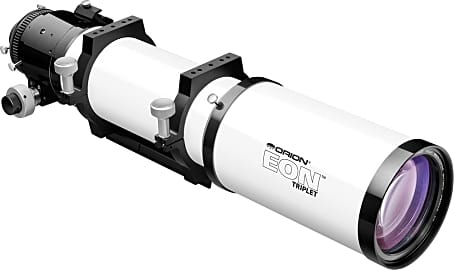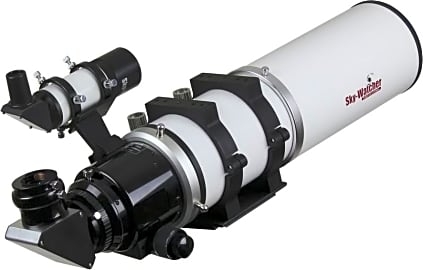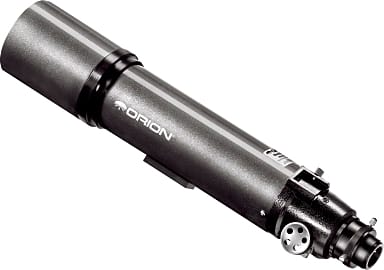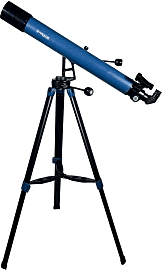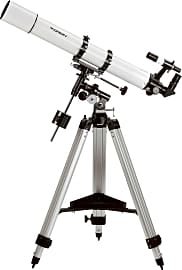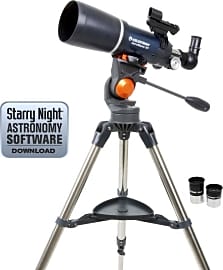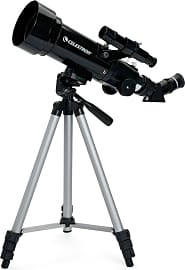The 10 Best Refracting Telescopes

This wiki has been updated 26 times since it was first published in May of 2019. Whether you want to magnify heavenly bodies or track nearby terrestrial objects, one of these refracting telescopes will produce clear and high-contrast images of all your targets. Unlike their mirror-dependent counterparts, these low-maintenance devices don't require any tedious collimation to align their optics, making them ideal for both novice stargazers and experienced astronomers alike. When users buy our independently chosen editorial picks, we may earn commissions to help fund the Wiki.
Editor's Notes
September 29, 2020:
Without having to worry about collimation or dust accumulation inside the tube, it might seem like you could look for the scope with the most magnifying power for the least amount of money and be done with it. But there are a few other important considerations to make, and we added a couple of new models to the list that provide readers with additional options.
For example, the newly included Celestron Advanced VX brings a motorized mount and computerized object tracking to the fore, which is something much more commonly seen on Dobsonian and catadioptric models. We also added the Explore Scientific Essential Series, which is one of the best models for astrophotography on the list, thanks in large part to its specific focal ratio and adapter-friendly build.
May 07, 2019:
Refracting telescopes have several advantages over their reflecting counterparts, which make these devices terrific options for the casual stargazer, beginning astronomer, and even the nature enthusiast who loves to observe wildlife. These scopes are often compact in design and feature powerful optics with the ability to view crisp and vivid images of the night sky without a lot of visual interference. They are low-maintenance solutions, which require very little calibration, thanks to the fact that their lenses are usually sealed from the surrounding atmosphere. Additionally, their lack of mirrors virtually eliminates the need for tedious collimation that might turn novices away from the experience of viewing the heavens. That said, I did my best to include options with all these values in mind.
I added the GSkyer EQ901000 for its long focal length, large viewing aperture, and 3 eyepieces. The built-in clutch on the Celestron AstroMaster supports smooth horizontal and vertical tracking, while the included finder scope quickly centers objects in its field of view, making it particularly useful for those who are new to using telescopes. Also added the Meade Star Pro AZ for its integrated smartphone adapter, which allows it to capture high-quality deep-sky images. Though there is some criticism of refracting scopes suffering from chromatic aberration, the extra-low dispersion glass offered by the Sky-Watcher ProED ensures accurate color correction, while the anti-reflective lens coating allows for optimal light throughput. Included the Orion Eon Triplet because of its extendable dew shield, blackened lens edges, and multiple baffles, all of which reduce glare. The Maxlapter WR852 comes with its own moon filters, while the 3-way mounting platform supports a large range of multi-directional adjustments. I also thought the Celestron EclipSmart was a worthy option, thanks to its dedicated design as a solar-safe viewing scope, so it's great for those who wish to view sun spots and solar eclipses up close.
Special Honors
Esprit 150mm ED Triplet APO Refractor While this model is particularly large and expensive, serious astronomers who prefer this style of scope might find it's the last one they'll need to buy for a long while. It offers a massive 150-millimeter objective diameter, as well as a 3.4-inch dual-speed focuser and a dual element field corrector to render your views and images as faithful to reality as possible. skywatcherusa.com



